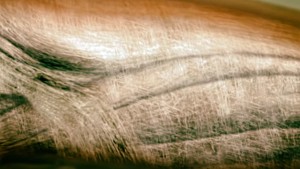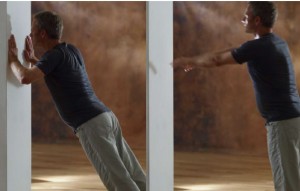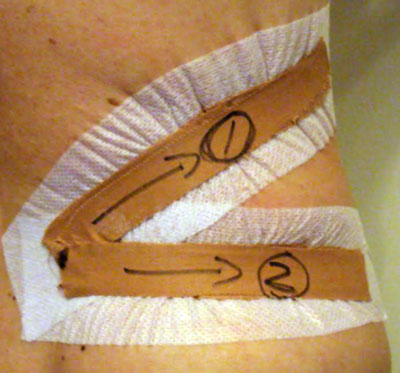The Underestimated Connective Tissue
Recently, more research focus has been put on the decades-long neglected fascia. This fibrous connective tissue keeps the body in shape – but also is a potential source of pain.
Dr. Robert Schleip said: “fascia were previously underestimated. It shapes the body, otherwise, it would fall apart. Fascia keeps everything together. Whether an upper arm is tight or loose as a jelly, essentially depends on fascia.”
The fascial mesh supports and protects the body. It is like a shock absorber and prevents the internal organs to slip back and forth in the body. The embedding of the muscle fibres for example, ensures that the muscles do not rub against each other. The enormous flexibility of the fibres also allows for larger changes in the body shape without losing its stability – as in pregnancy. Experts distinguish three types of fascia. The superficial fascia can be found mainly in the tissue under the skin. It is a connection system and serves as a buffer to the interstices of the body. The deep fascia cover the bones, joints and muscles. They contain many nerve endings and are therefore sensitive to pain. Finally, the so-called visceral fascia, which especially protect the internal organs. Fascia probably has much more function than previously thought for human well-being. Without adequate maintenance and care, it can change from the supple and extensible network to a felted-thickened mass stuck together causing pain with every movement.
A considerable part of the back pain could be due to injured fascia. Dr. Robert Schleip: “It is known that only about 20 percent of back pain stemming from the spinal discs. The lumbar fascia is suspected to have an important role. It covered the lower back muscles and is filled with dense nerve endings. Special Fascial Fitness training is neither spectacular nor particularly challenging. Once or twice a week is completely sufficient to prevent hardening and glued fascia. One only need to properly stimulate it once and it is equal to producing fresh, elastic collagen. With fascial manipulation massages, glued fascia can be resolved.
A fascial fitness exercise called Elastic Wall Bounces that will make the fascia of the shoulder girdle agile can be easily demonstrated. This exercise is imitating the elastic bounces of a kangaroo by soft bouncing movements off a wall are explored in a standing position. Stand about half to two feet in front of a wall, so you can contact the wall at about shoulder height with your palms. Then allowed the body to fall forward against the wall and then pushes it back with both hands. Repeat this for several times. Then vary the position of the palms, sometimes one higher than the other, creating an oblique posture. Overall, you should bounce about 30 times off the wall. Make no sound and avoid any abrupt movement. Once you have mastered this, progress into further load – e.g. bouncing off a table or window sill instead of a wall.
Source From: nachrichten
To learn more about Fascial Fitness and FF Workshops in Sydney, Australia in October 2016, visit here.


